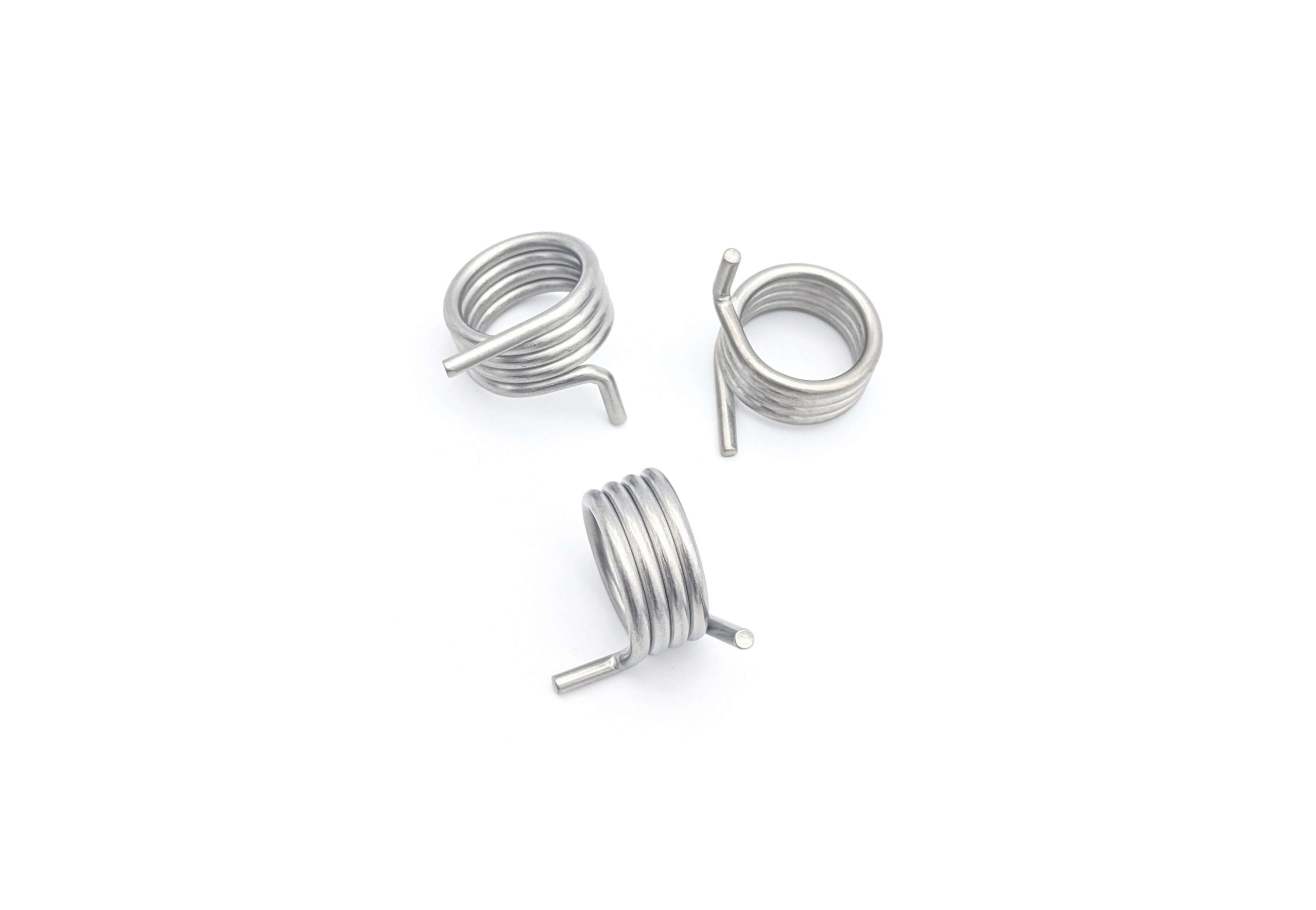Get unique, complex parts easily. No matter your requirements, Chaoyi Spring creates hard-to-produce coil springs and wire forms.
Let us help you create the custom wire form you need, from S-hooks and J-hooks to utility hooks and more.
We work closely with customers across a wide range of industries, helping them design and manufacture made-to-order parts.
Why choose Chaoyi Spring? We prioritize customer-focused collaboration, modern equipment and the latest technology to make your parts per print.
Find the information and guidance you need, from measuring a spring to learning about materials, placing an order and much more.
Imagine a world without cars, bicycles, or even door hinges. Sounds impossible, right? Well, these seemingly simple objects rely on a crucial component that often goes unnoticed: coil springs. These


Imagine a world without cars, bicycles, or even door hinges. Sounds impossible, right? Well, these seemingly simple objects rely on a crucial component that often goes unnoticed: coil springs. These humble yet powerful pieces of metal are the backbone of countless machines and structures, providing essential support, absorbing shocks, and ensuring smooth operation. This article delves into the fascinating world of coil springs, exploring their diverse applications, design principles, and the vital role they play in our daily lives.

From the moment you wake up to the time you lay down your head at night, you interact with coil springs in various ways, often without realizing it. Imagine that comforting bounce of your mattress, the smooth rolling motion of your car's suspension, or the satisfying click of a ballpoint pen. These seemingly mundane actions are all made possible by the tireless work of coil springs. They provide the force needed to push, pull, and dampen, making our lives more efficient and comfortable.
A coil spring is essentially a helical wire that is designed to store and release mechanical energy. They are formed by winding a wire around a cylindrical mandrel, creating a series of tightly packed coils. The material used for coil springs varies depending on the application, with steel being the most common due to its strength and durability. But other materials like copper, brass, or even composite materials find their place in specific applications.
The key to a coil spring's functionality lies in its unique properties. When compressed or extended, it generates a restoring force that attempts to return it to its original shape. This force is proportional to the amount of deformation, a principle known as Hooke's Law. This inherent ability to store and release energy is what makes coil springs so versatile and indispensable in a wide range of applications.
Coil springs are ubiquitous in our world, playing a critical role in countless industries and everyday objects. Here are a few examples of their diverse applications:
The automotive industry relies heavily on coil springs to provide a comfortable and safe ride. Vehicle suspension systems use coil springs to absorb shocks and vibrations caused by uneven road surfaces. This helps to maintain traction, enhance stability, and improve overall ride quality. Without coil springs, driving would be a jarring and uncomfortable experience.
Coil springs are essential for various manufacturing processes and machinery. They are used as counterbalance springs in presses, tension springs in conveyors, and compression springs in various clamping devices. Their ability to exert force and absorb shocks makes them ideal for demanding industrial applications. Imagine the repetitive tasks performed by robotic arms or the precise movements of complex machines – coil springs ensure smooth and reliable operation.
Coil springs are not confined to industrial settings. They are present in countless everyday objects we interact with daily. The familiar click of a ballpoint pen, the smooth operation of a door hinge, and the satisfying bounce of a trampoline are all made possible by coil springs. Even the simple act of opening a can of soda involves a small spring that helps release the pressure. It's amazing how these seemingly insignificant pieces of metal contribute so much to our everyday experiences.
Coil springs are not simply random coils of wire. Their design is meticulously calculated to meet specific requirements for force, stiffness, and durability. Engineers consider factors such as wire diameter, coil diameter, number of coils, material properties, and even the intended application when designing a coil spring. They also account for factors like fatigue resistance, temperature variations, and the potential for corrosion. This meticulous attention to detail ensures that coil springs perform reliably and safely over their lifespan.
While coil springs have been around for centuries, they are constantly evolving to meet the demands of new technologies and applications. Advances in materials science, manufacturing techniques, and computer-aided design (CAD) are leading to new types of coil springs with enhanced properties, like lighter weight, higher strength, and improved fatigue resistance. These advancements are opening up new possibilities for using coil springs in cutting-edge applications, from aerospace to medical devices.
Coil springs, often overlooked and undervalued, are the unsung heroes of our daily lives. They silently power countless machines, provide comfort and safety in our vehicles, and contribute to the smooth operation of countless everyday objects. Their ability to store and release mechanical energy is a testament to their ingenuity and versatility. As technology continues to evolve, coil springs will continue to play a vital role in shaping the future of our world, making it a more efficient, comfortable, and technologically advanced place to live.
Browse some of the custom wire forms and springs that we manufacture. Don’t see what you need? We specialize in made-to-order products that meet your application requirements.
Visit Our GalleryNeed a custom wire form or coil spring? We make it work. Fill out the contact form and a representative will respond within 1 business day. If you have a PDF or CAD file, you can submit to request a quote.